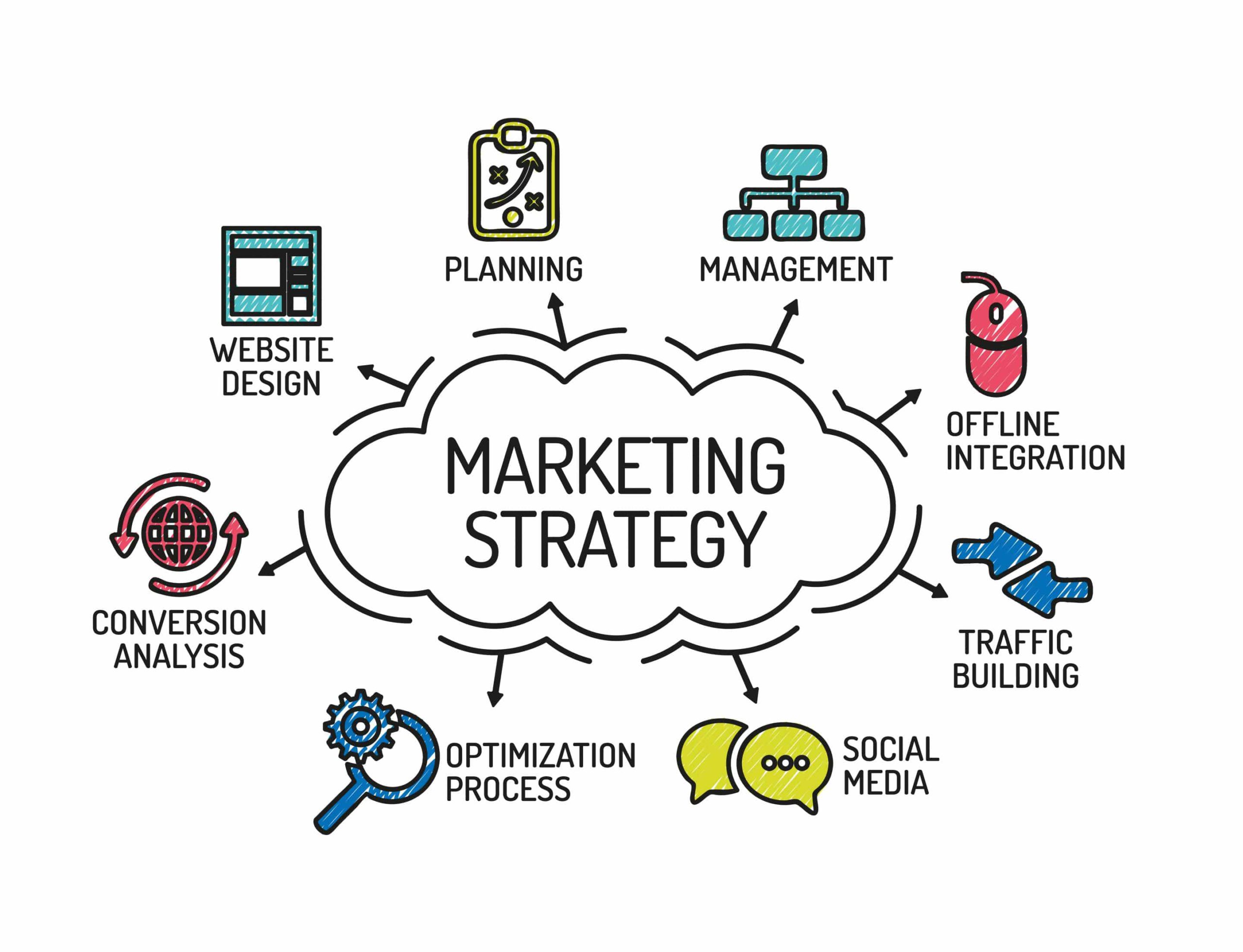A differentiated marketing strategy is one in which the company decides to provide separate offerings to each different market segment that it targets. It is also called multisegment marketing. Each segment is targeted in a particular way, as the company provides unique benefits to different segments.
What is Differentiated Marketing Strategy?
A differentiated marketing strategy isn’t one that markets a separate product to each segment that it targets. Rather, it is a strategy that offers more than one different offering to different market segments. For example, a company might sell sunglasses to one segment and design them with a flair that appeals to those who wear them. Another segment would be offered polarized lenses that will protect the eyes from the sun in a more general way. The company is actually offering two different products to these two different segments. Both products are marketable and both will generate profits.
How Marketing Strategy is Important for Business?
Marketing strategy involves creating products that have the power to influence people’s wants, needs and desires. A differentiated marketing strategy provides two different products to segments that can have divergent preferences and differing needs. By developing two products that target different market segments, in effect, the company is creating a larger market for the product. The company has launched two successful products. Today, Coca cola has beverages that target different market segments. The company’s flagship beverage, Coca cola classic targets the young and the active, while Coca cola zero targets those who are worried about calories and health.
Differentiation and Differentiated Marketing Strategy
Differentiation is also known as value proposition. A value proposition tells the market how to differentiate it from its competition. For example, McDonald’s, sells hamburgers, milkshakes and salads, in many parts of the world. The company has put in a lot of effort to build a brand name and brand recognition. However, to back this brand, it has to live up to the reputation of providing good food. Therefore, it is using this value proposition to sell its offerings. A differentiated marketing strategy takes the process another step further. Here, the company targets two distinct groups of people. In other words, the company targets two distinct segments.
Target marketing involves profiling a particular group of people. The company knows which service or product it will provide to that group of people. It also knows the price that this group will be willing to pay for its product. Similarly, it also knows the packaging in which the product will be delivered to the market. The goal is to design the most effective marketing strategy that will be successful and profitable in this time period. The marketer’s overall aim is to segment the population into different groups, each of which can be addressed effectively. The marketing strategy then has to be different for each of these groups. It has to be designed to bring awareness of the product to these groups. Then, the marketing strategy has to communicate to the group, that through purchase, they will gain something of value.
Benefits that a differentiated marketing strategy offers are:
- The company saves money, as it doesn’t have to create a separate branding campaign for the different market segments that it targets.
- If the company does launch a separate branding campaign, it can keep the pricing the same for each market.
- The company also isn’t forced to create a product that will appeal to the different market segments that it targets.
- The company can also provide different features and benefits to each segment that it targets.
- Less time and effort is spent in research and development.
- Since the company focusses its efforts on creating one cost-effective product, the product is likely to be accepted by larger numbers of people.
- The company focusses its efforts on distribution channels, as it is evident that the selling can be done through various channels.
Benefits to the Customer
Customers who purchase the product from the company are likely to receive differentiated benefits. This is especially true when customers receive benefits that they didn’t expect to gain from the product.
For example, if a company sells a shampoo to one market segment, it might provide a shampoo that will clean hair well and is easy to use. Now, if the company sells the same shampoo to a different market segment, it might provide a shampoo that has a different smell that the first group of customers like to use.
From the company’s point of view, providing a shampoo with a different fragrance means additional profit, but from the customer’s point of view, this particular product will give more value for the price that they are paying.
Key Takeaways:
- When a company markets its product to distinct groups of customers, the company is employing a differentiated marketing strategy.
- A differentiated marketing strategy is also called a multisegment marketing strategy. This strategy is used when the company decides to target different market segments with different offerings at the same time.
- Differentiated marketing strategy involves making one cost-effective product that will appeal to multiple market segments.
- It involves creating separate offerings designed for each market segment.
- This strategy also involves designing the most effective marketing strategy to win over customers in each of the segments.
- A differentiated marketing strategy offers differentiation, as it creates two different products for distinct segments of the market.
- Benefits to the company using the differentiated marketing strategy include: saving time, money and effort; targeting different market segments at the same time; offering unique products to different market segments; saving time and effort on research and development.
- Benefits to the customers can include: receiving two different products.
- The company can also provide different features and benefits to each segment that it targets.
- Less time and effort is spent in research and development.
- Since the company focusses its efforts on creating one cost-effective product, the product is likely to be accepted by larger numbers of people.
- The company focusses its efforts on distribution channels, as it is evident that the selling can be done through various channels.











